Emma Ozanich
Unsupervised clustering of coral reef bioacoustics
Dec 17, 2020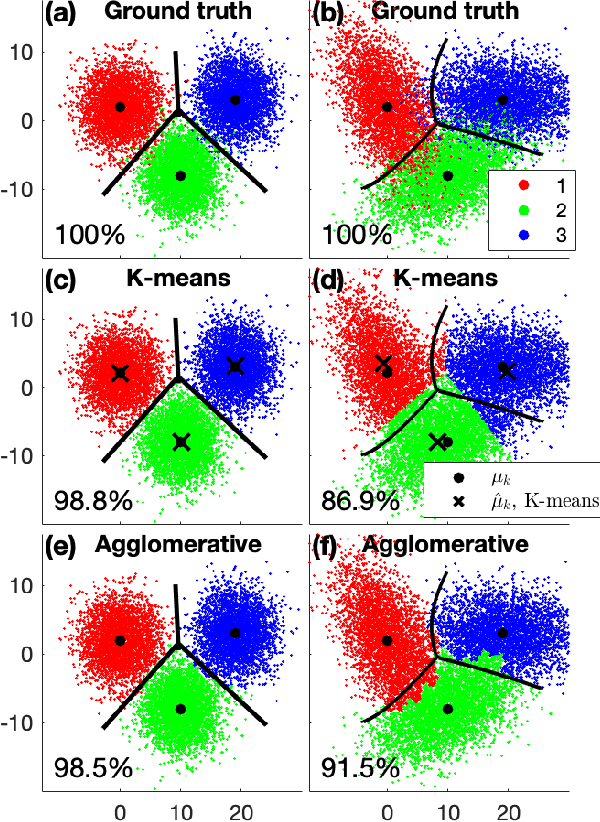
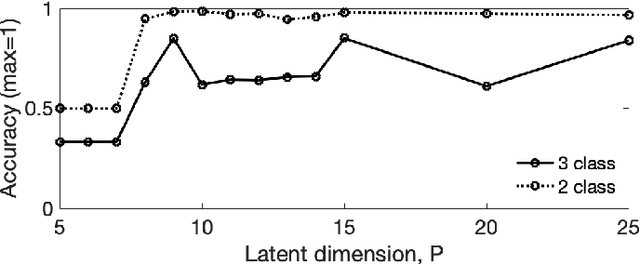
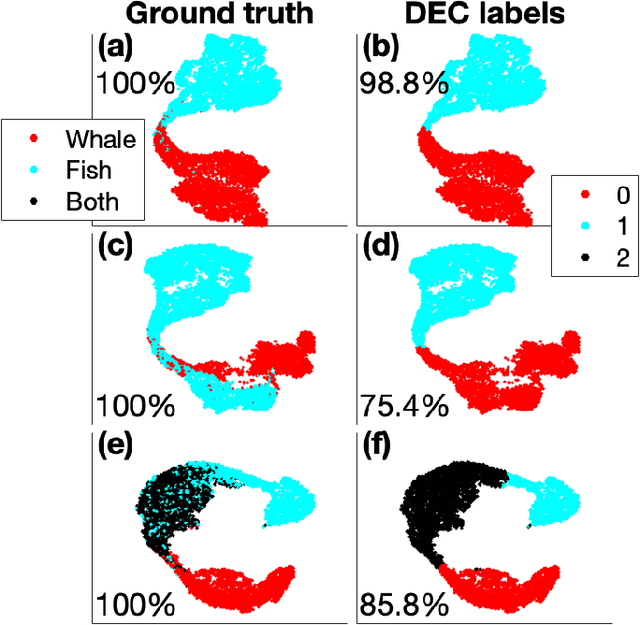
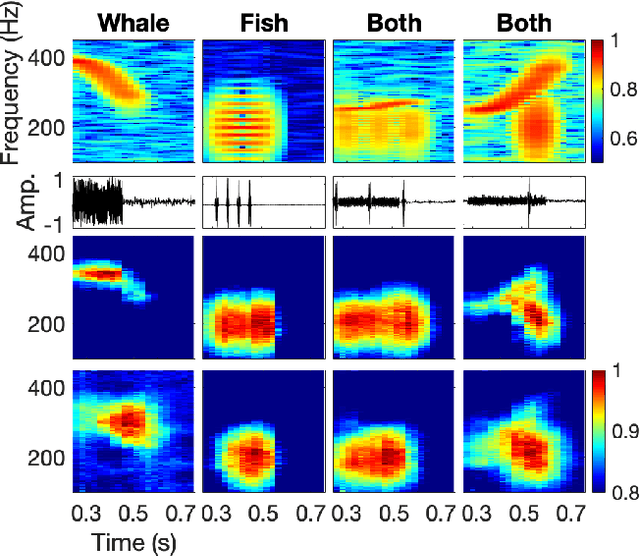
Abstract:An unsupervised process is described for clustering automatic detections in an acoustically active coral reef soundscape. First, acoustic metrics were extracted from spectrograms and timeseries of each detection based on observed properties of signal types and classified using unsupervised clustering methods. Then, deep embedded clustering (DEC) was applied to fixed-length power spectrograms of each detection to learn features and clusters. The clustering methods were compared on simulated bioacoustic signals for fish calls and whale song units with randomly varied signal parameters and additive white noise. Overlap and density of the handpicked features led to reduced accuracy for unsupervised clustering methods. DEC clustering identified clusters with fish calls, whale song, and events with simultaneous fish calls and whale song, but accuracy was reduced when the class sizes were imbalanced. Both clustering approaches were applied to acoustic events detected on directional autonomous seafloor acoustic recorder (DASAR) sensors on a Hawaiian coral reef in February-March 2020. Unsupervised clustering of handpicked features did not distinguish fish calls from whale song. DEC had high recall and correctly classified a majority of whale song. Manual labels indicated a class imbalance between fish calls and whale song at a 3-to-1 ratio, likely leading to reduced DEC clustering accuracy.
Machine learning in acoustics: a review
May 11, 2019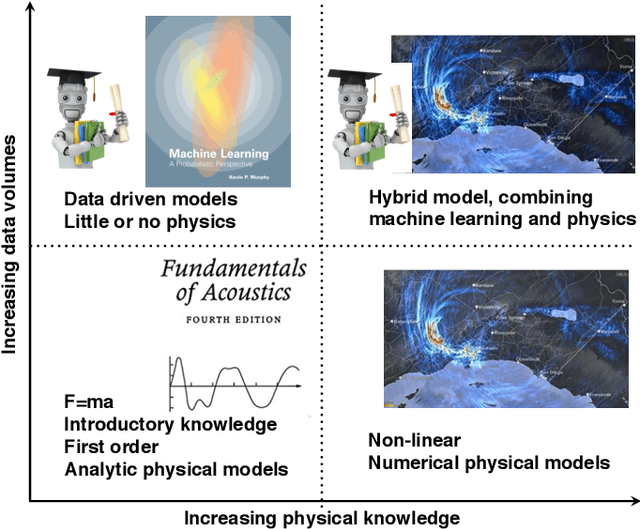
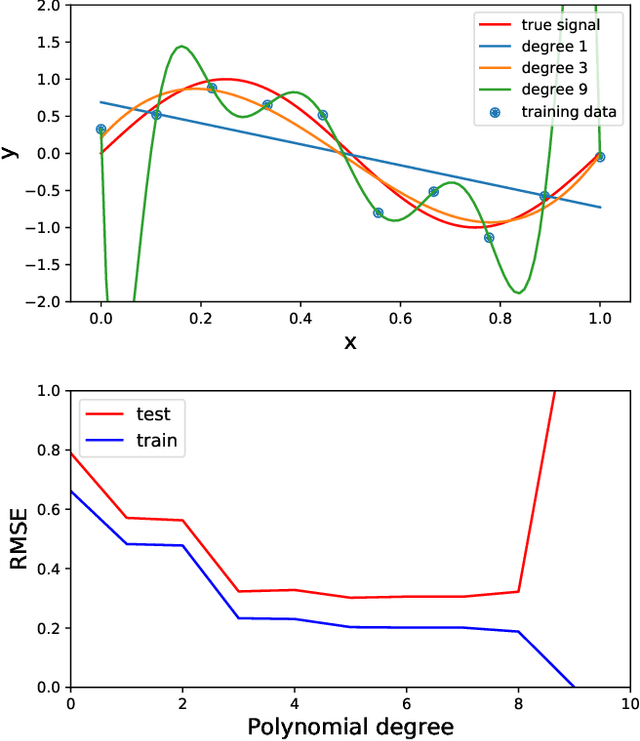
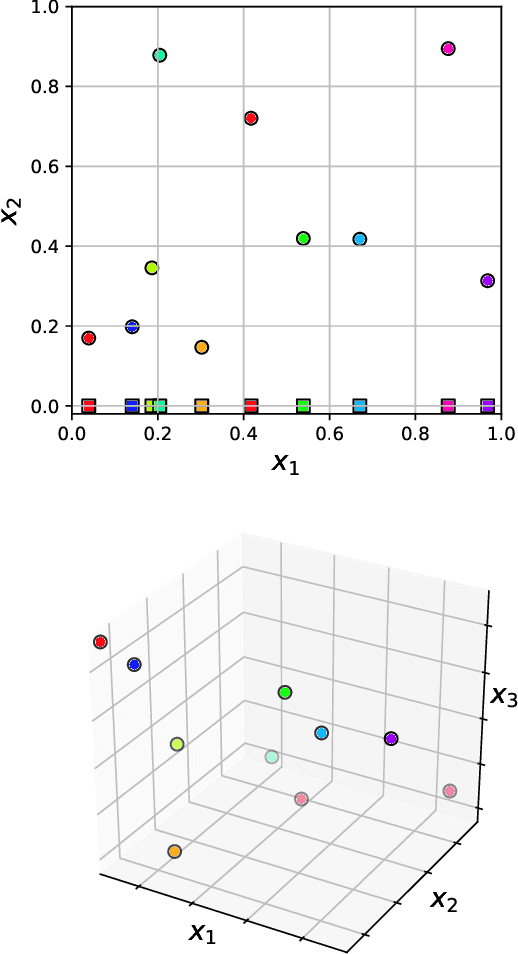
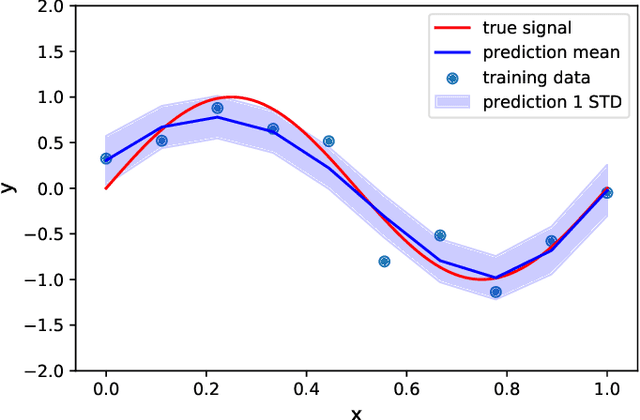
Abstract:Acoustic data provide scientific and engineering insights in fields ranging from biology and communications to ocean and Earth science. We survey the recent advances and transformative potential of machine learning (ML), including deep learning, in the field of acoustics. ML is a broad family of statistical techniques for automatically detecting and utilizing patterns in data. Relative to conventional acoustics and signal processing, ML is data-driven. Given sufficient training data, ML can discover complex relationships between features. With large volumes of training data, ML can discover models describing complex acoustic phenomena such as human speech and reverberation. ML in acoustics is rapidly developing with compelling results and significant future promise. We first introduce ML, then highlight ML developments in five acoustics research areas: source localization in speech processing, source localization in ocean acoustics, bioacoustics, seismic exploration, and environmental sounds in everyday scenes.
 Add to Chrome
Add to Chrome Add to Firefox
Add to Firefox Add to Edge
Add to Edge